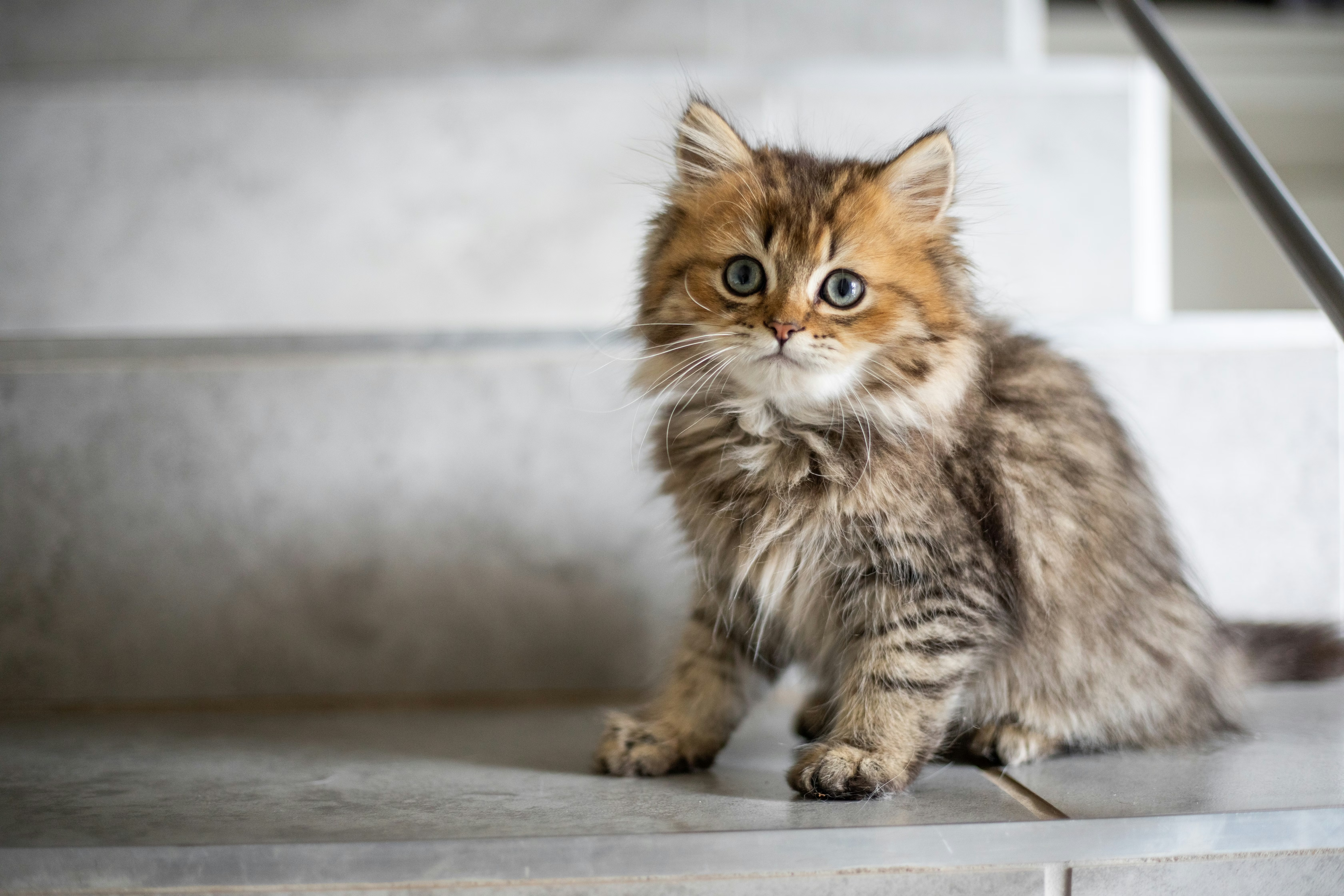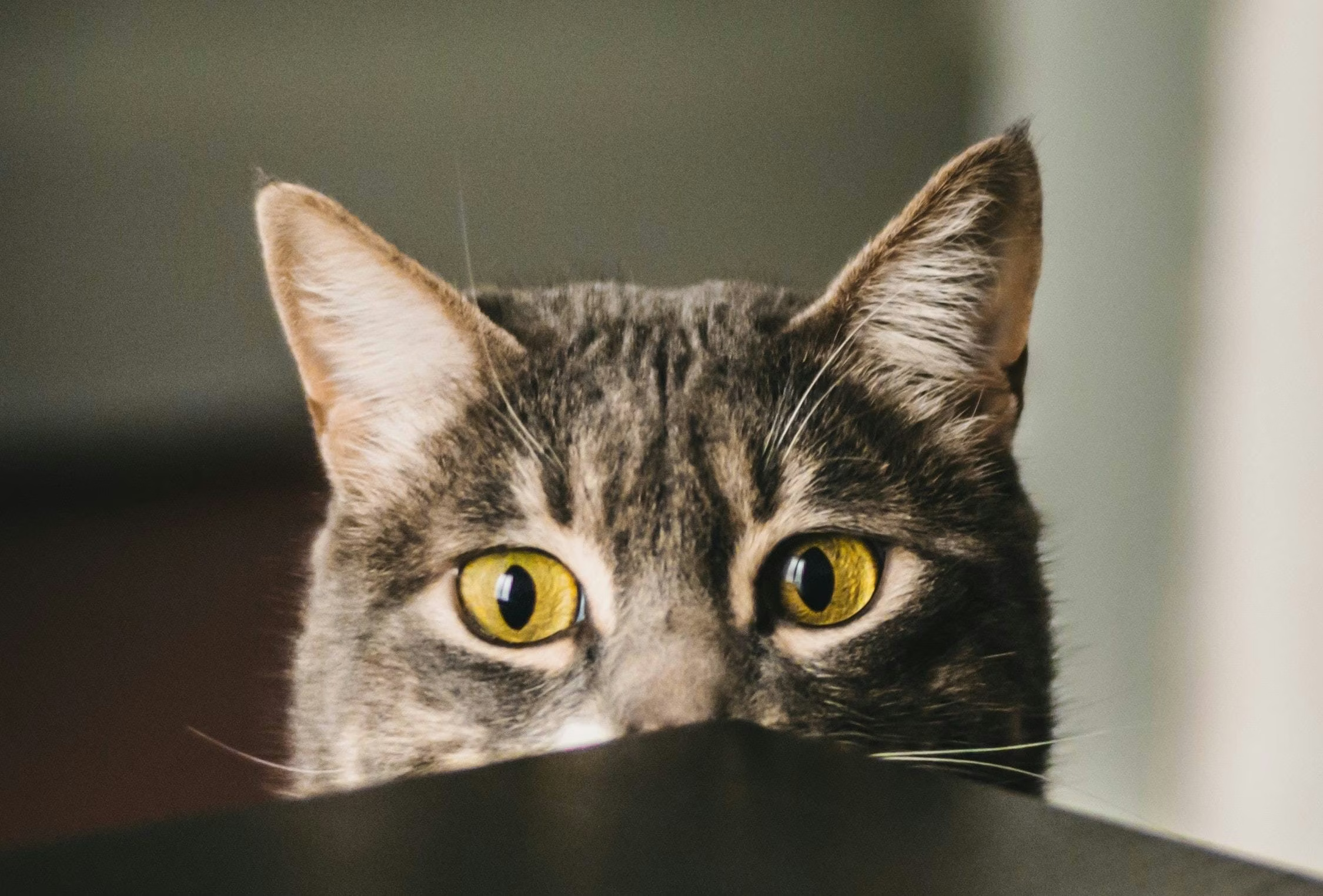Finding the right diet for your cat is a head scratcher for many pet parents. Another common challenge? No matter what actually is best, you can’t convince a cat to chow down on something they don’t like. (You can give a cat a meal, but you can’t make them eat!)
But with this article, I hope to help you overcome both hurdles. Let’s begin with the basics...
They’re meant to eat meat.
Cats are obligate carnivores. So, even the most pampered housecat requires animal-based proteins in their diet. This is because cats evolved as hunters, and their prey offered a lot of protein, moderate amounts of fat, and only a few carbohydrates.
Genetically speaking, modern domestic cats aren’t far removed from their wild felid cousins. So, both wild and domestic cats still require these general diet proportions today.
Why cats go wild for wet food.
Have you ever noticed that cats seem to favor semi-moist or wet foods? The modern cat’s ancestors met most of their water intake needs while eating their prey. And our little household hunters prefer to consume water along with their food, too.
Did you know? Thanks to their desert origins, domestic cats can conserve water more efficiently and even use a different (but less effective) drinking technique compared to dogs.
Though cats generally have a low thirst drive and can hydrate while eating wet food, you should still make sure your domestic kitty always has access to fresh drinking water.

Finding the right feeding frequency.
When allowed, domestic cats will graze—eating small meals periodically throughout the day and night. Some cats may even feed up to 12–20 times per day!
This is especially true for cats eating dry kibble, which is higher in carbohydrates (and usually calories) than wet foods. Cats fed moist or canned foods, on the other hand, usually consume their meals within three sittings.
Do cats have favourite foods? (Hint: Yes.)
Cats carry a reputation for being notoriously picky eaters. They often develop food preferences related to texture, odor, temperature, and flavour—and these factors may be interdependent.
For example, most cats tend to like foods with strong aromas, and warmer meals are often more odorous. (That’s why heating up food can be an effective way to tempt a sick kitty to eat.)
Did you know? Whether they’re feeling unwell or just being finicky, a cat that refuses to eat can develop serious and sometimes life-threatening medical problems. You should contact your veterinarian if your cat hasn’t eaten in more than a day (or less, if other concerns come up).

How breed influences dietary needs in cats.
From the tiny Toybob to the hefty Highlander, modern domestic cats come in a range of shapes and sizes—with unique facial structures, skin and coat types, and other traits, to boot. So, shouldn’t their diets be equally varied?
Yep. And that’s why you’ll see breed-specific cat foods lining pet store aisles. In case you’ve ever wondered how these different diets compare, let’s look at a few of them.
What to feed Persian cats.
Persians are known for their endearing flat faces. And it turns out, this characteristic trait introduces a slight feeding challenge. Fortunately, Royal Canin offers dry kibbles that have an almond shape specifically designed for the shortened jaws of adult Persians. (A softer, rectangular-shaped kibble is also available for kittens.)
This diet also contains specific nutrients to promote a soft and shiny coat, a fiber blend to help reduce hairballs, and highly digestible proteins and prebiotics to support digestive health.
What to feed Maine Coons.
The Maine Coon is another pedigree with breed-specific diet options. Foods formulated for Maine Coon kittens contain a mix of minerals that support bone and joint development. Adult diets, on the other hand, include omega fatty acids to maintain joint health. (Maine Coons get quite large, which can put extra stress on joints.)
Adult diets also include a blend of heart-healthy ingredients—since the breed is predisposed to heart disease—along with nutrients for bright and shiny coats. And to accommodate the Maine Coon’s larger jaw size, Royal Canin makes a specially designed cube-shaped kibble.
What to feed Siamese and Bengal cats.
Short-haired breeds have unique needs, too. Foods made for Siamese cats contain large amounts of protein and a moderate amount of fat to help maintain their muscular bodies. Similarly, Bengal-specific diets are high in protein and fat to support muscle growth and general physique. Both diets also tend to include highly digestible proteins and prebiotics to promote healthy digestion, as these breeds are prone to digestive sensitivities.
Royal Canin offers a ring-shaped kibble for Siamese cats to support oral health (by encouraging chewing and slowing the rate of any super eaters). And the kibble for Royal Canin’s Bengal diet is Y-shaped to suit the breed’s wider jaws and promote chewing.
What to feed Sphynx cats.
Not a fan of fur? Do not fear: Sphynx cats also have special diets designed to meet their higher energy needs. After all, hairless kitties must control their body temperature somehow! Royal Canin’s energy-concentrated kibble for Sphynx cats is rich in fat, as well as thick and triangle-shaped (to suit the breed’s jaw structure).
And because these cats have a tendency to show off their “pot bellies,” this diet is formulated with L-Carnitine—a compound that helps regulate metabolism while maintaining muscle mass. Sphynx diets also typically contain a combination of nutrients that support skin and heart health.
Which diet is right for your cat?
I could go on. You’ll also find specialized diets for the American Shorthair, British Shorthair, Ragdoll, Norwegian Forest Cat, and other breeds.
But the most important part of choosing a diet for your kitty is finding something (or many things, if your cat prefers variety) that meets their nutritional needs while also fitting their food preferences.
As the ancient wild cats might have said, happy hunting!
Discover your cat’s breeds.
Curious about breed-specific diets but not sure of your cat’s ancestry? By scanning their DNA for for 70+ breeds and populations, Wisdom Panel™ Complete for Cats can help.
Learn More


